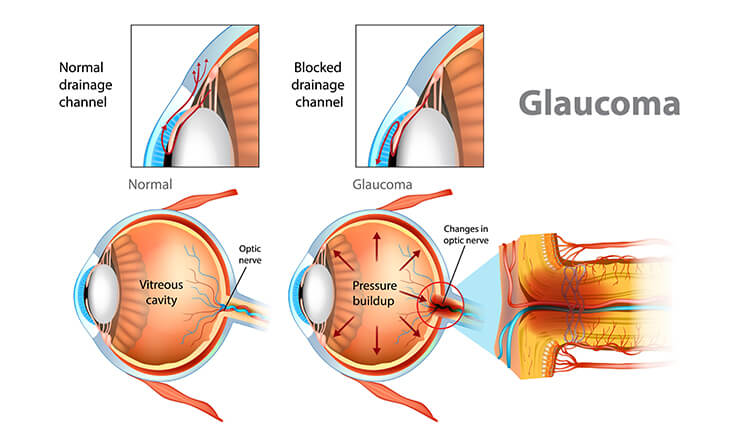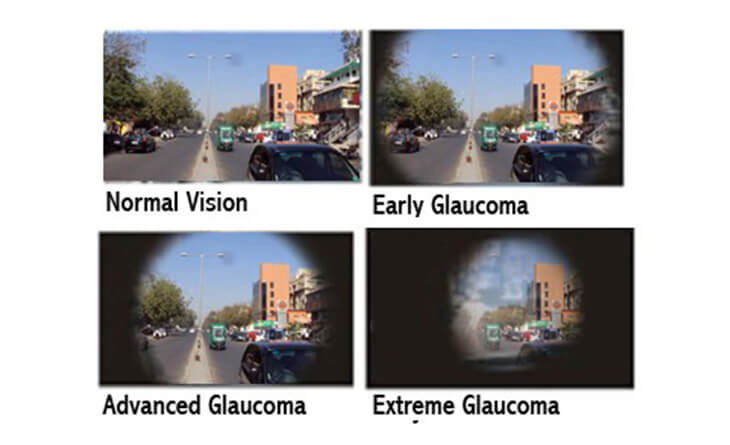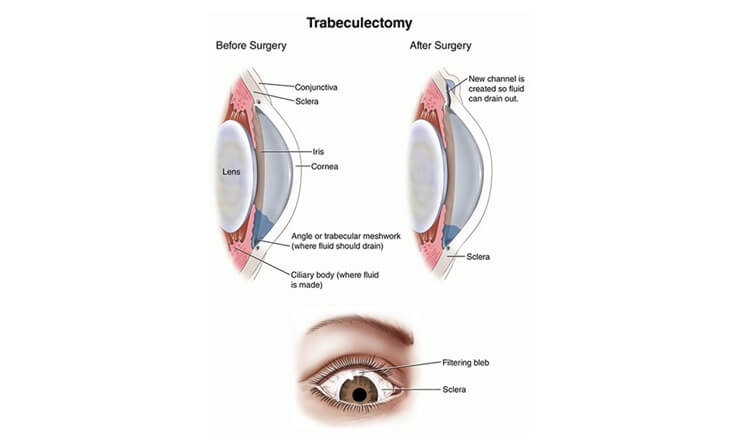Glaucoma
Glaucoma refers to a category of eye conditions involving optic nerve damage. It is called the “silent thief of vision” due to its lack of warning signs and gradual effects. Many people who have glaucoma do not realise until it’s too late and lose their eyesight permanently. Hence, getting regular eye exams is essential so you can catch the condition and get glaucoma surgery.
Glaucoma requires lifelong treatment, and you need effective follow ups with a glaucoma specialist like Dr Anisha Gupta, to keep vision loss at bay. There are also different kinds of glaucoma requiring different procedures and considerations.

Various types of Glaucoma
Glaucomas are classified based on how the fluid pressure builds up in your eye. They fall into 5 main categories:
Catching any of these conditions in their early stages improves your chances of keeping your eyesight for longer. Thus, keeping vigilant tabs on your vision with regular eye checkups is essential for effective results.

When You Should Consider Glaucoma Surgery/ Glaucoma Treatment
The symptoms of glaucoma differ depending on the type and stage. Some of the most common symptoms are as follows:
If you experience any of these symptoms, you must visit an expert ophthalmologist immediately.
Sometimes, you may have no symptoms, but a routine check-up may detect glaucoma.
Even if you do not have any symptoms, the doctor may advise you on glaucoma treatment or glaucoma surgery. If and whenever the doctor advises you for treatment, you should follow it to prevent permanent vision loss.
Treatment Options Before Glaucoma Surgery
Most ophthalmologists begin the treatment path with medication therapies. These include eye drops and oral medications. Depending on how much pressure is in your eye, they may prescribe more than one medication for the best results.
The eye drops usually include:
You may also get oral medication prescriptions to bring the eye pressure down if the eye drops are not sufficient. Dr Gupta recommends glaucoma surgery in advanced cases of Angle closure glaucoma or if medication is not working in open angle glaucoma.
Glaucoma Surgery and Other Therapies
Several high-quality, minimally invasive procedures can relieve pressure build-up in the eye with the advanced technology available today. The various procedures include:

With so many options in glaucoma treatment, consulting an expert ophthalmologist in Delhi like Dr Gupta is essential to make the right decision. Her focus on optimising patient care ensures safe, effective solutions and minimal downtime!
Get in touch with us and schedule your eye exam today to keep glaucoma at bay!
